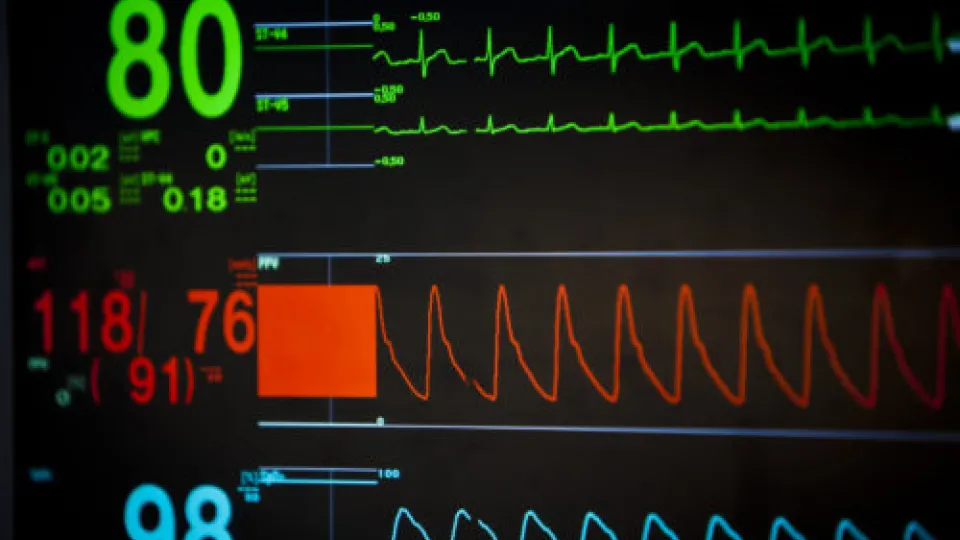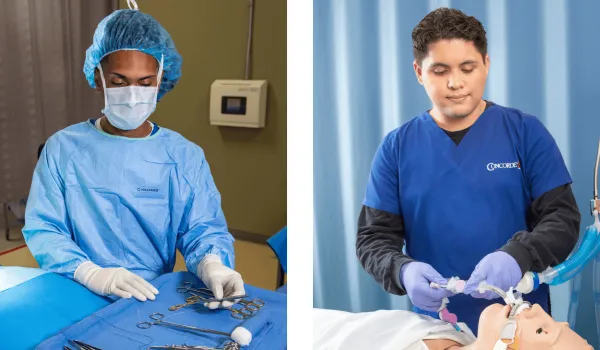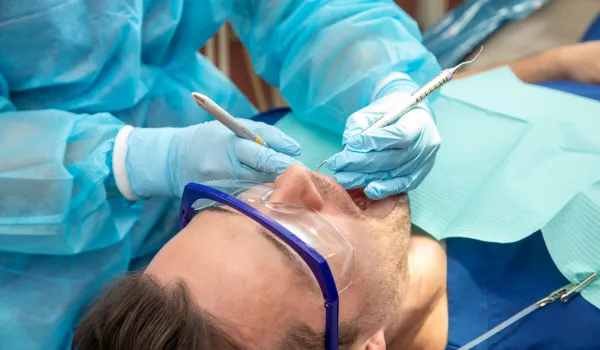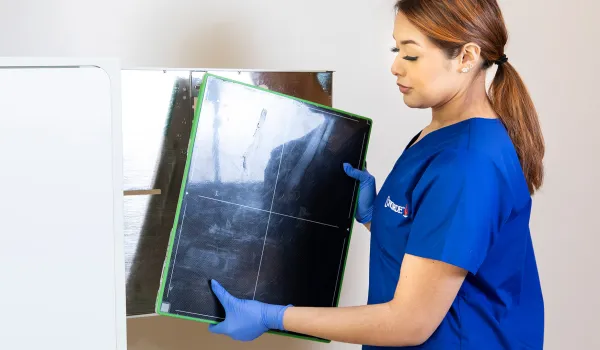
Are vital signs really as vital as they say? What do they really tell us? Depending on the situation, they can be the difference between life and death for someone in need. EMT's, firefighters and paramedics use the vital signs to make split-second decisions to determine treatment protocols. While a nurse at a doctors office for a routine physical would use vital signs for clues to possible issues.
The normal ranges for a person's vital signs vary with age, weight, gender and overall health. The equipment needed to determine each of the 4 signs is a thermometer, a sphygmomanometer, and a watch. A pulse can be taken by hand, but a weak pulse may require a stethoscope.
The 4 Major Vital Signs
However, the vital signs that are used for both emergencies and routine visits do not change. There are 4 major vital signs: blood temperature, blood pressure, pulse (heart rate) and breathing rate (respiratory rate). These are sometimes referred to as BT, BP, HR, and RR. Depending on the clinical setting, a "fifth" or "sixth" vital sign may be used. Vital signs are recorded using the LOINC internationally accepted standard coding system.
Blood Temperature
The normal healthy adult's normal body temperature can range from 97.8 degrees F(36.5 Degrees C) to 99 Degrees Fahrenheit (37.2 degrees Celsius). But the average temperature is considered 98.6 degrees F. The normal body temperature varies depending on gender, recent activity, food consumption, and time of day. In women, the stage of the menstrual cycle can also be a factor.
A person's temperature can be taken either orally, rectally, axillary, by ear or by the skin. Your body temperature can either have a fever (high temp) or hypothermia (low temp). A fever is defined as your body temperature rising above one degree or more over the normal temp of 98.6, whereas hypothermia is when the body temperature drops below 95 degrees F.
Blood Pressure
Blood pressure is a measurement of the force exerted on the walls of the blood vessels associated with the contraction and relaxation phases of the heart. It is expressed in a ratio of millimeters of mercury during the contraction phase (systolic) over the resting phase (diastolic) of the heart. The higher number, systolic pressure, refers to the pressure inside the artery when heart contracts and pumps blood, while the lower number, diastolic pressure, is the pressure inside the artery when the heart is at rest and filling with blood.
Blood pressure is split into 4 categories: normal, elevated, stage 1 or stage 2 high blood pressure
- Normal blood pressure is systolic of less than 120 and a diastolic of less than 80 (120/80)
- Elevated blood pressure is systolic of 120-129 and diastolic less than 80
- Stage 1 high blood pressure is systolic 130-39 or diastolic between 80-89
- Stage 2 high blood pressure is when systolic is 140+ or diastolic is 90+
These numbers are used as a guide only, as a single blood pressure measurement that is higher than normal is not always an indication or an issue. Your doctor may have you to take other tests to figure out more when a test comes back with abnormal numbers.
Pulse (heart rate)
The pulse (heart rate) is the number of times the heart beats per minute. As the heart pushes blood through the arteries, the arteries expand and contract with the flow of the blood. When measuring the pulse you are also able to indicate both heart rhythm and strength of the pulse.
A normal pulse for a healthy adult is from 60 to 100 beats per minute. However, the pulse may fluctuate with exercise, illness, injury, and emotions. The easiest way to check the pulse at the wrist but it can also be found on the side of the neck or inside of the elbow.
Breathing rate (respiratory rate)
Respiration rate is defined as the number of breaths a person takes per minute. The rate is measured when a person is at rest and you count their breaths for one minute each time the chest rises. When checking respiration, it is also important to determine whether a person is having any difficulty breathing.
Normal respiration rates for an adult person at rest range from 12 to 16 breaths per minute. Respiration rates may increase with fever, illness, and other medical conditions.
Now you know
Next time you see someone in distress or not feeling well, you know how to check and see if there is a problem. You never know you might just save a life.
At Concorde, our health care students learn the importance of the vital signs and how to properly assess them when needed. If you'd like to learn more about our health care programs, contact us today!
Take The Next Step Towards a Brighter Future
We have a Concorde representative ready to talk about what matters most to you. Get answers about start dates, curriculum, financial aid, scholarships and more!




